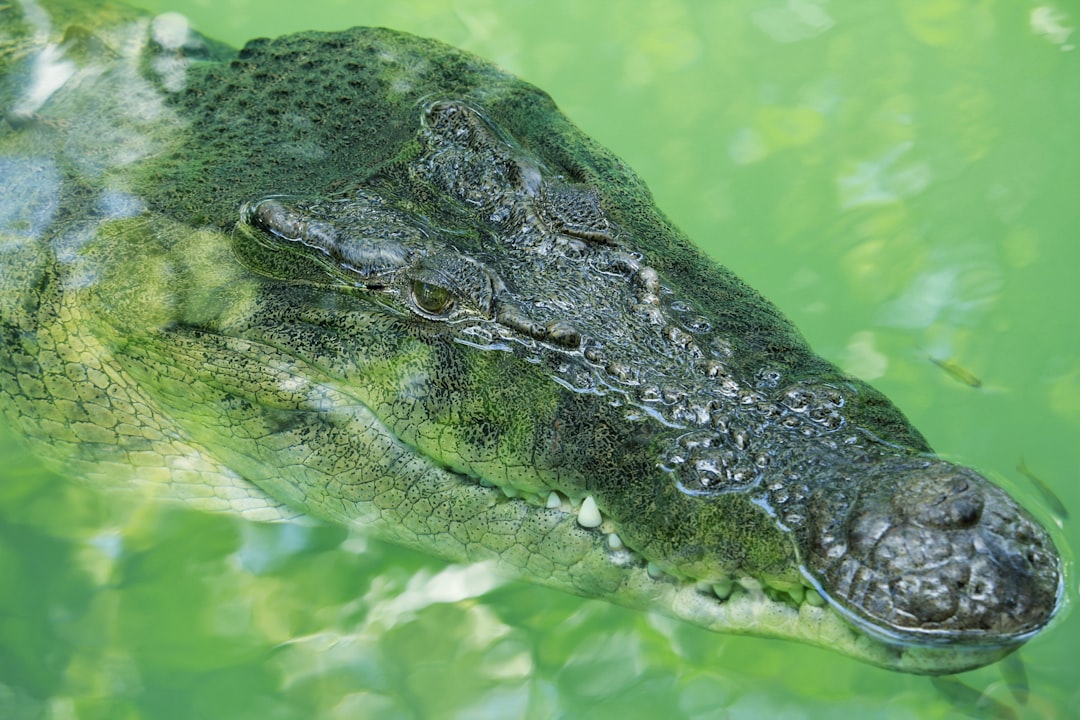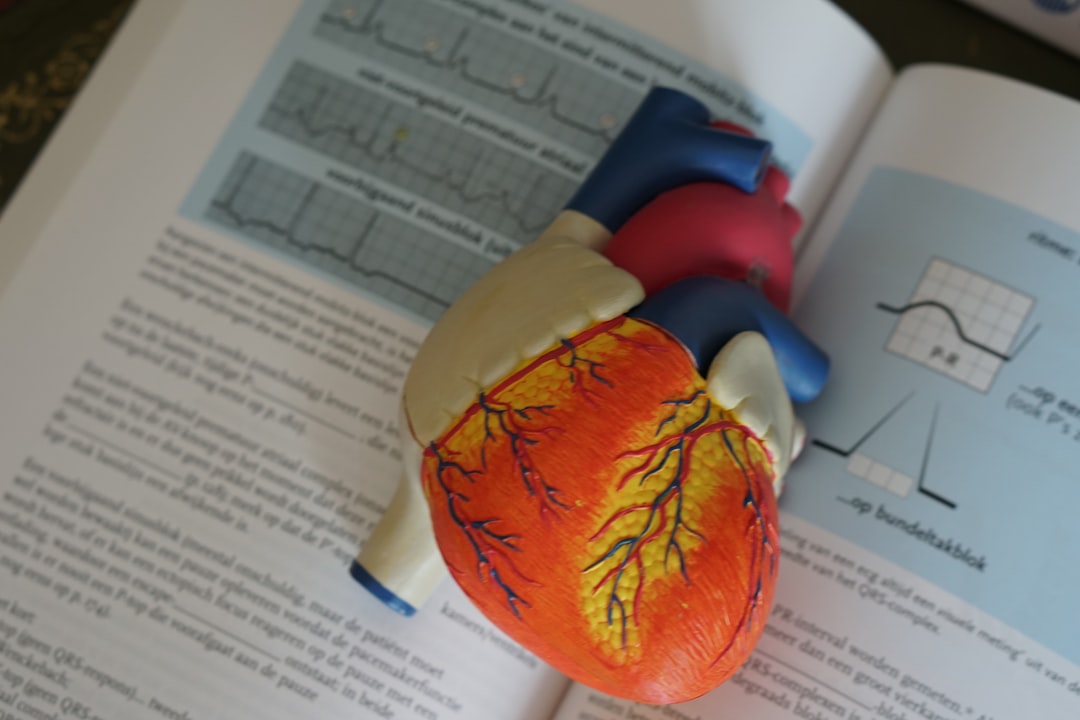What is it about?
During 60 days aboard a research vessel in the Western Pacific Ocean near the Philippines, scientists observed that the turbulence caused by tropical cyclones persisted for at least three weeks and reverberated down to at least 300 meters. Deep ocean warming that results from this excess turbulence may persist for years and travel far from its point of origin, potentially altering the broader patterns of ocean circulation that partly regulate Earth’s climate.
Featured Image

Photo by NASA on Unsplash
Why is it important?
Until now, research largely based on satellite observations assumed that the turbulence and subsequent heat transfer from cyclones stayed in the ocean’s first 100 meters or so. Consequently, it was unclear whether any climate after-effects from cyclones would remain local or if they could impact basin-scale patterns of heat transport. By demonstrating that near-inertial internal waves prolongue downward mixing of heat in the ocean interior for weeks after cyclone passage, this study sets a new benchmark for the processes that need to be captured by models seeking to represent interactions between tropical cyclones and climate.
Perspectives
There is great societal interest in projecting what tropical cyclone activity might be 20 or 30 years from now, given a warmer ocean. Typically, scientists aim to answer this question by running cyclone models in future climate states projected using models that don't include tropical cyclones. By demonstrating that cyclones change the distribution of ocean heat at depths enough to have multiannual effects, our study suggests that model projections of future climate states may be unreliable if they don't actively represent the effects of tropical cyclones.
Noel Brizuela
Read the Original
This page is a summary of: Prolonged thermocline warming by near-inertial internal waves in the wakes of tropical cyclones, Proceedings of the National Academy of Sciences, June 2023, Proceedings of the National Academy of Sciences,
DOI: 10.1073/pnas.2301664120.
You can read the full text:
Contributors
The following have contributed to this page










